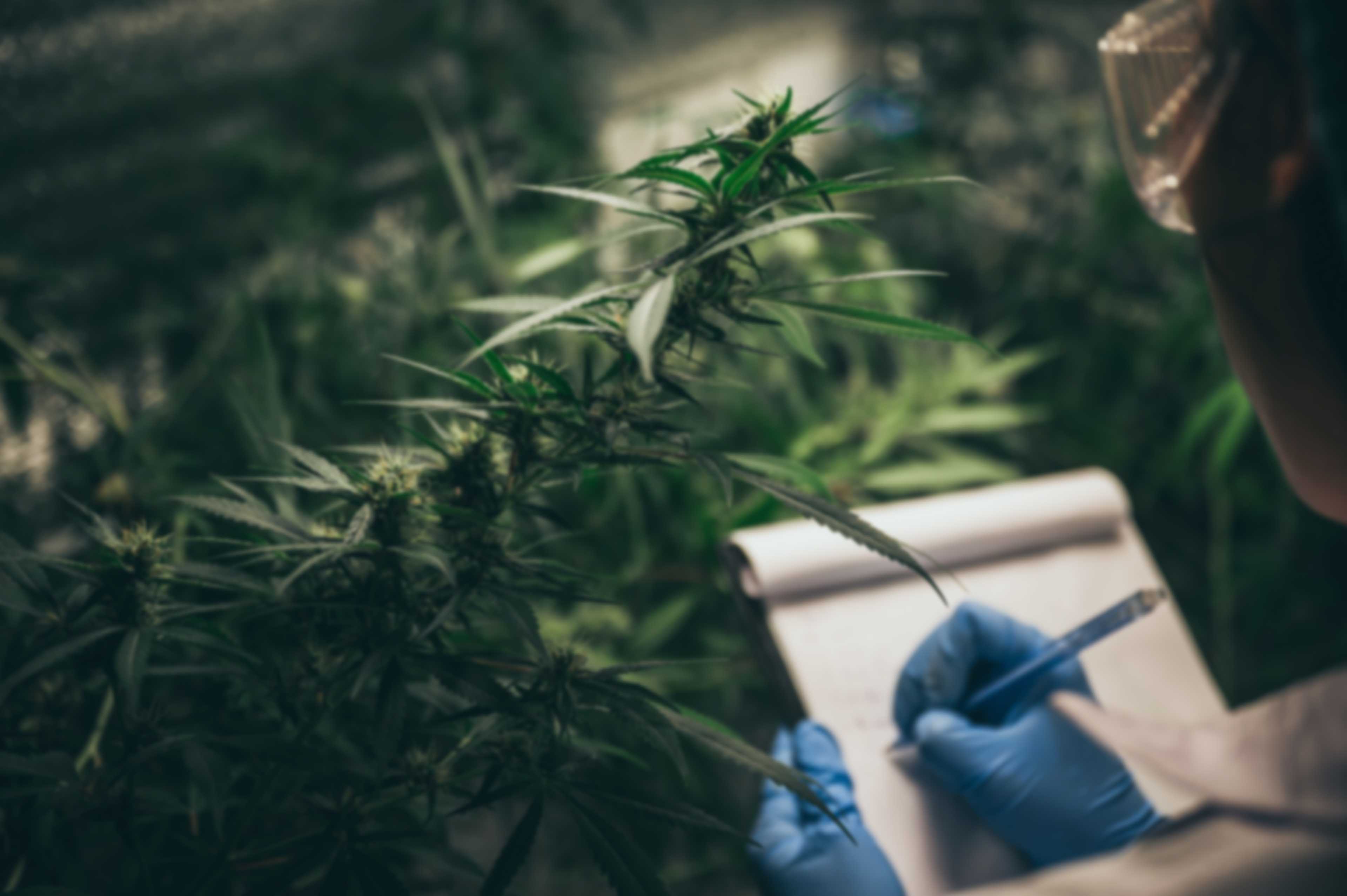** FREE SHIPPING ON ALL PRODUCTS **

Importance of cbd lab tests
Why are CBD lab reports so important (and how do you read them)?
If you’ve been wondering about those CBD oil lab reports everyone in the CBD industry talks about, you’ve come to the right place!
If you’ve been wondering about those CBD oil lab reports everyone in the CBD industry talks about, you’ve come to the right place!
Understanding what’s in a CBD oil is not only vital for determining that you’re purchasing a ‘clean’ product, but also to make sure the cannabinoid content is what it’s claimed to be – which, with a little research, can also help you choose a product best suited to your needs.
These reports (or ‘CoA’, which stands for Certificate of Analysis) can look a little daunting at first, but they’re really pretty easy to read once you’ve got the basics figured out – which we’re going to help you with right now!

Photo by ThisisEngineering RAEng CBD oil lab reports
What are CBD oil lab reports?
For those of you new to the idea that CBD products come with lab reports, here’s a brief explainer:
CBD is just one of over 140 cannabinoids in the cannabis plant. It is always the most abundant cannabinoid in CBD oil (hence the name), but if a CBD product is labelled ‘full spectrum’ or ‘broad spectrum’ it should contain a range of other cannabinoids too, at lower levels. Some products will also contain additional terpenes – aromatic compounds believed to offer an array of benefits.
Reading CoA tables
Most CBD oil lab reports (CoA) will have a table (or a few tables) listing different cannabinoids and the levels present in the oil. It’s rare to get a breakdown of terpenes, even for prescribed medical cannabis products, but some brands do offer this as well. This will not only show you which cannabinoids are in the oil (which can then help you choose a suitable oil if you do a bit of digging into which cannabinoids might benefit you best), but it will also show that prohibited cannabinoids such as THC, THCV and CBN are within legal limits.
Is your CBD oil clean?
In addition to this, CBD oil lab reports will also show that a product is free from contaminants, such as heavy metals and pesticides. This is extremely important as the cannabis (hemp) plant is a ‘bio-accumulator’, meaning it has the remarkable ability to absorb everything from the soil it’s grown in and the surrounding air. It’s so great at doing this that large crops of hemp are often planted in contaminated soil to clean it up. Of course, you don’t want any of these nasties going into your body, and unfortunately being listed as ‘organic’ doesn’t cover all contaminants, so looking at the CoA is the only way to know it’s clean for sure.

Photo by CDC How to read a CBD oil lab report
How to read a CBD oil lab report
Most CBD brands will have their lab reports listed on the product website. If you can’t find it, don’t be shy about asking to see them! They should always be displayed.
Once you’ve opened up the CoA, you’ll see at least one table showing cannabinoid content and probably a separate table showing contaminant content. At the top of these tables you’re likely to see LoQ which stands for ‘limit of quantitation’ – a term used to describe the smallest concentration of a measure. Underneath this you will see the smallest amount that can be picked up in the testing. Next to this you will probably see a % column, which indicates how much of the listed cannabinoids/terpenes/contaminants are present.
You may see <LoQ listed a lot
This means the amount is so low (if present at all) that it wasn’t detected. You will also see a column showing ‘result mg/g’, which indicates how much is present in 1mg per g. This may also be shown as ppm (parts per million) or mg/l (how much of a chemical is in a volume of liquid).
It’s not as complicated as it sounds!
Reading this information without a chart in front of you may seem like gibberish, but once you’ve got a CoA to look at, things will start to make sense.
If you’re hoping to get a full or broad spectrum product with a range of cannabinoids, check the lab reports match the claims, as some brands do list their products as full or broad spectrum but have so few cannabinoids (or in such low levels) that it’s not really true. For a full spectrum product you should expect to see four or five different cannabinoids present in the oil.

Photo by National Cancer Institute What are CBD oil lab reports?
Always check the reports!
If you want to make sure you’re spending your money on a great CBD product (who doesn’t?!), checking the oil should be the first thing you do. From there you’ll be able to make a decision based on what you’re after, and know that the product you’re buying is completely safe and legal too.
25 years of wisdom and heritage
Continue reading
NEWS DIGEST NO.14 #WisdomToWellness
Hemp aeroplanes, Indigenous Bolivian skaters, talking mushrooms and more!

Mindful Activities and CBD Oil are the Perfect Pairing. Here’s Why
Taking CBD oil isn’t the only way to maintain balance - mindful, downtime wellbeing rituals also go a long way. When used together, you’re onto a winner!

How to take CBD: An expert guide
You’ve bought some CBD oil - what now? CBD consultant Ruby Deevoy offers a step by step guide on how to use CBD oil for best results.

Dermactiva was created using over 25 years of wisdom and heritage from Herman Patiño’s proven base product, using certified Organic Cannabis Sativa Oil.



